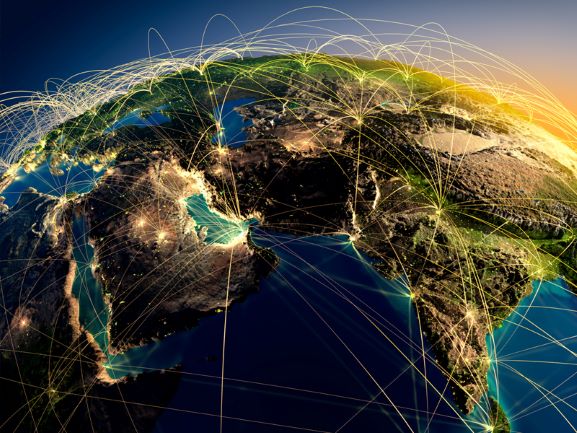It shows that young people and heavy drinkers are increasingly targeted by alcohol advertising, often to the detriment of their health.
Reducing the harm from alcohol – by regulating cross-border alcohol marketing, advertising and promotion is the first report from WHO to detail the full extent of the way that alcohol is today being marketed across national borders – often by digital means – and in many cases regardless of the social, economic or cultural environment in receiving countries.
Worldwide, 3 million people die each year as a result of harmful use of alcohol – one every 10 seconds – representing about 5% of all deaths.
A disproportionate number of these alcohol--related deaths occur among younger people, with 13.5% of all deaths among those who are 20–39 years of age being alcohol-related.
"Alcohol robs young people, their families and societies of their lives and potential," said Dr Tedros Adhanom Ghebreyesus, Director-General of the World Health Organization in a press release on Tuesday.
"Yet despite the clear risks to health, controls on the marketing of alcohol are much weaker than for other psychoactive products. Better, well enforced and more consistent regulation of alcohol marketing would both save and improve young lives across the world," he added.
Digital revolution
One of the biggest changes in recent years to alcohol marketing is the use of sophisticated online marketing.
The collection and analysis of data on users’ habits and preferences by global Internet providers has created new and growing opportunities for alcohol marketers to target messages to specific groups across national borders.
Targeted advertising on social media is especially effective at using such data, with its impact strengthened by social influencers and sharing of posts between social media users.
One data source quoted in the report calculated that over 70% of media spending of leading alcohol marketers based in the USA in 2019 was through promotions, product placement and online advertisements in social media.
Sponsorship of sporting events
Sponsorship of major sporting events at global, regional and national levels is another key strategy used by transnational alcohol companies (which are gaining increasing dominance in the production and branding of alcohol beverages).
Such sponsorship can significantly increase awareness of their brands to new audiences.
In addition, alcohol producers engage in partnership with sports leagues and clubs to reach viewers and potential consumers in different parts of the world.
The increasing market of e-sports, including competitive gaming events, is another opportunity to sponsor events and increase brand recognition and international sales.
So is product placement in movies and serials, many of which are streamed on international subscription channels.
According to an analysis of the 100 highest-grossing box office U.S. movies between 1996 and 2015, branded alcohol was shown in almost half of them.
Weak restrictions
While many countries have some form of restrictions on alcohol marketing in place, generally they tend to be relatively weak.
In a WHO 2018 study, it was found that, while most countries have some form of regulation for alcohol marketing in traditional media, almost half have no regulation in place for Internet (48%) and social media (47%) marketing of alcohol.
Meanwhile, sustained attention and work by national governments, the public health community and WHO to limit the availability and promotion of tobacco products, with specific attention to the cross-border aspects of tobacco production and marketing, has led to life-saving reductions in global tobacco use and exposure.
International cooperation
The report concludes that national governments need to integrate comprehensive restrictions or bans of alcohol marketing, including its cross-border aspects, in public health strategies.
It highlights key features and options for the regulation of cross-border marketing of alcohol and stresses the need for strong collaboration between states in this area.
Drinking alcohol is causally linked to an array of health problems such as mental and behavioural disorders, including alcohol dependence; major noncommunicable diseases such as liver cirrhosis, some cancers and cardiovascular diseases; and injuries and deaths resulting from violence and road traffic crashes.
Cek Berita dan Artikel yang lain di Google News



















